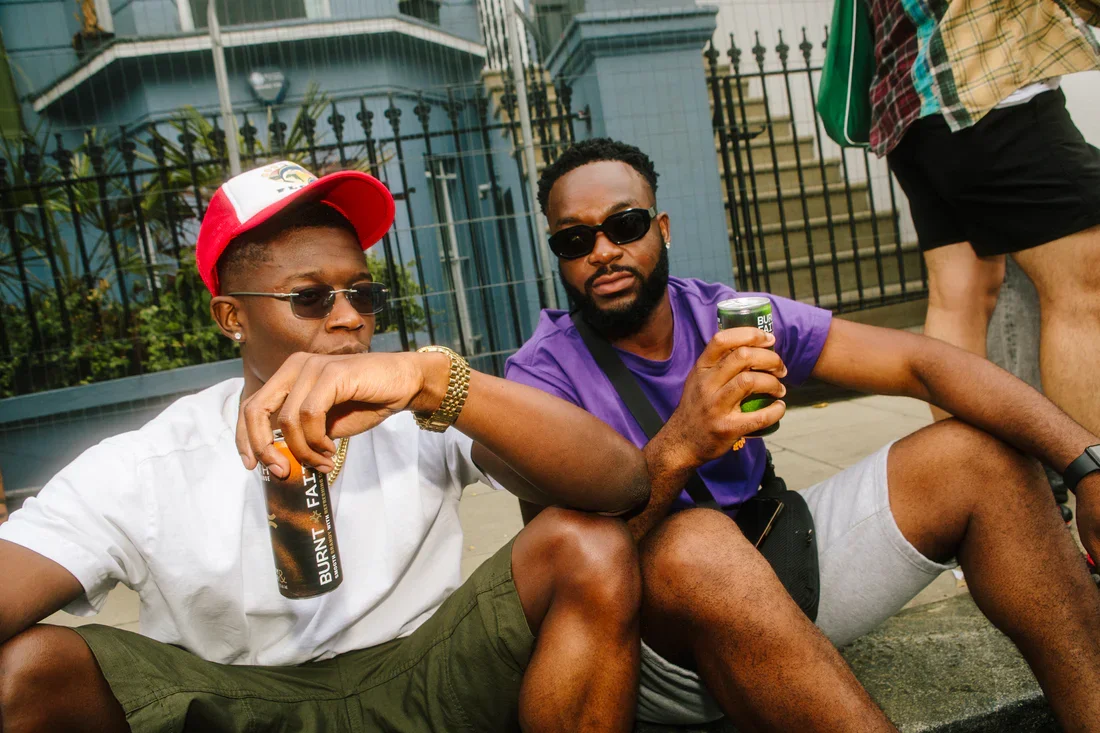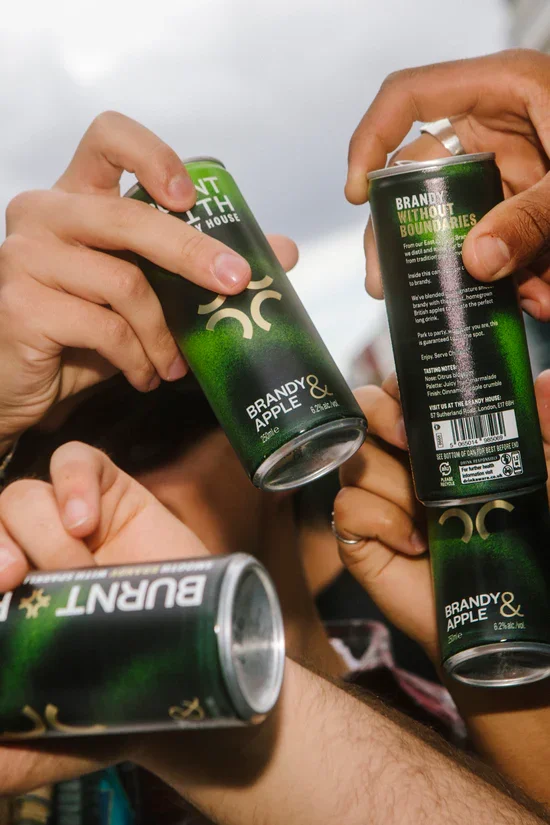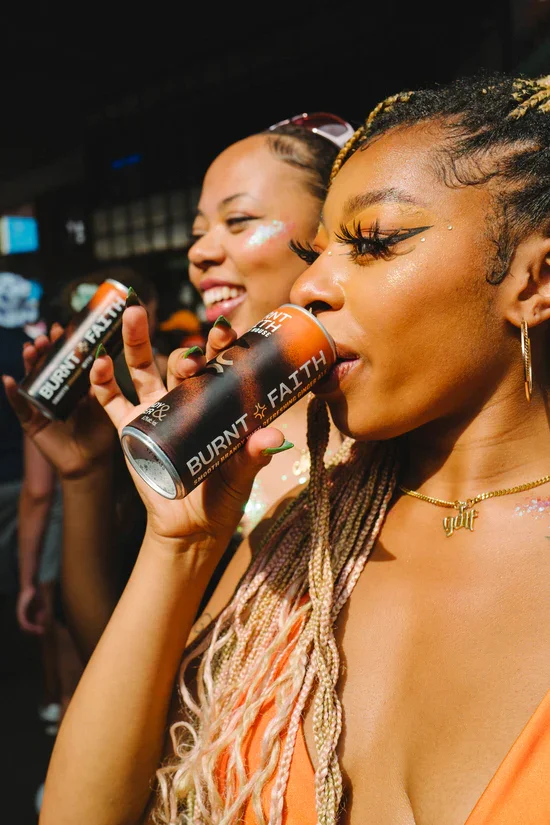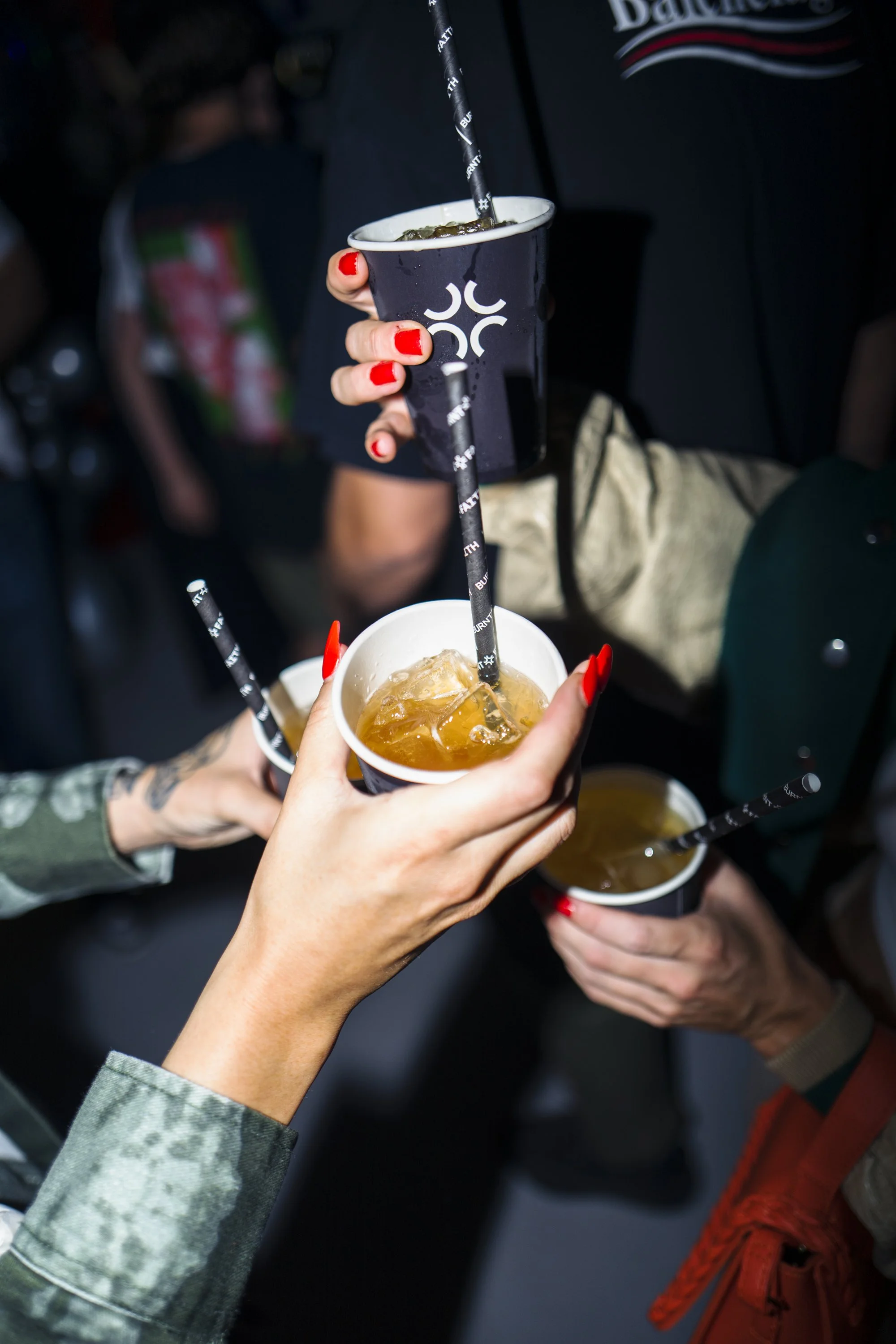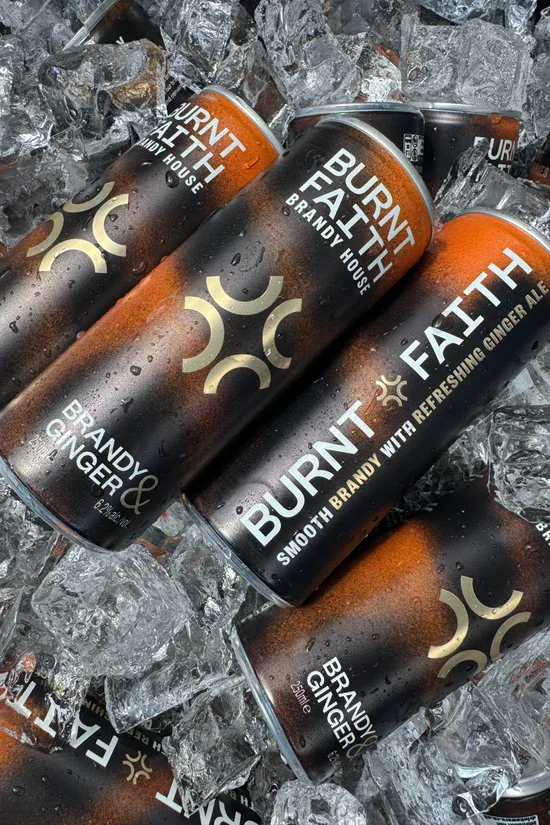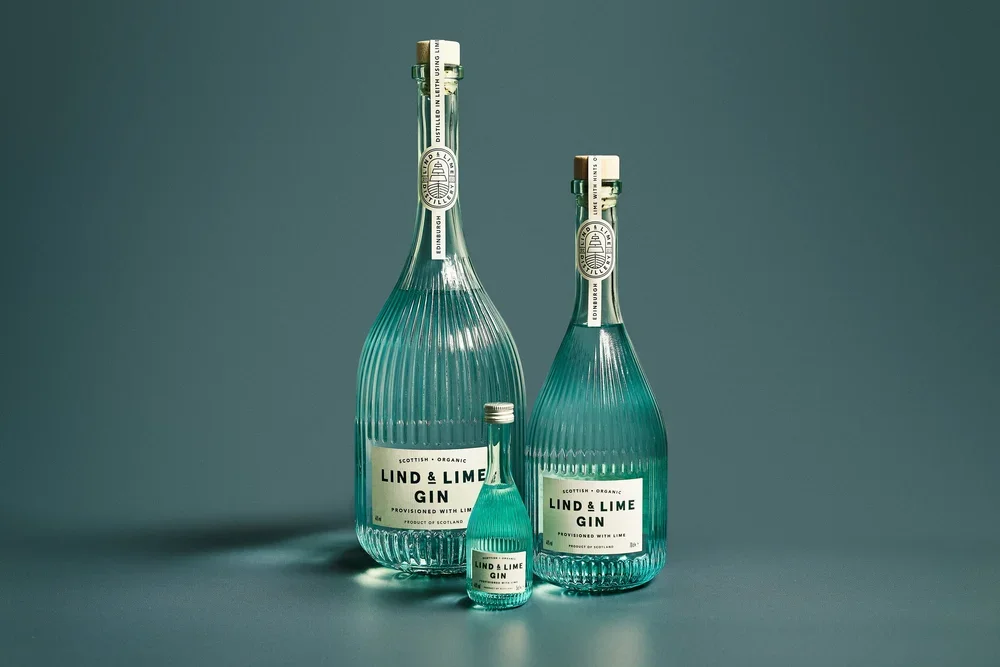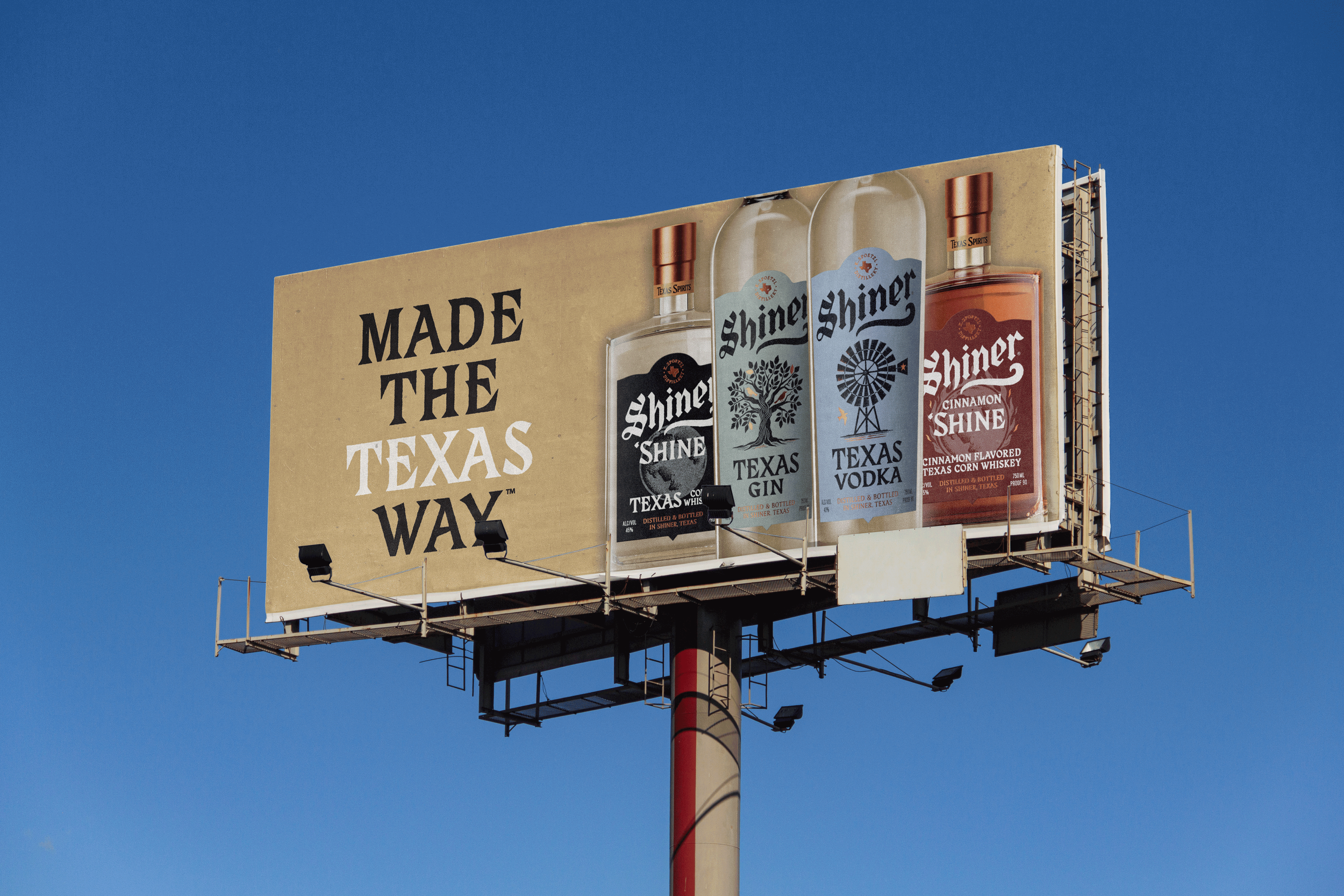The role of Packaging Today
Let’s start a common misconception - your packaging is your brand. Creating a beautiful bottle and putting it on a shelf is not a guarantee of success; it might turn heads, but does it turn sales?
In a crowded market, your bottle doesn’t just sit on a shelf, it speaks for you. Look at any spirits aisle or back bar and you’ll see the same silent battle play out, bottles side by side, completing for attention. In a global marketplace of endless choice, packaging is undeniably powerful.
BRAND COMES FIRST
Packaging’s job is to make brand tangible, to advocate, educate and invite the consumer into the wider brand world. It’s the first handshake, a translator of values through form and function, it speaks across languages and cultures.
But packaging can’t invent meaning that isn’t there. Without a clear, disciplined brand, even the most striking design can default to style over substance and get lost in the noise. Packaging grabs attention, but brand earns recognition, trust and loyalty. When strategy leads design, every choice from materials to the glass silhouette becomes a deliberate proof of who you are and why you exist. In a world of endless choice, that first moment resonates more when it’s anchored in a strong brand.
BE CULTURALLY RELEVANT
Cultural relevance is a moving target, and packaging is your opportunity to show you’re paying attention. Today’s consumers are driven by culture, and they want to know where your brand fits in their world.
Cultural awareness spans from hyperlocal to global, and spirits brands must flex between authenticity at home and resonance abroad. The brands that win are those that move in step with lifestyle, identity, and context, where the bottle becomes more than a drink, it becomes a statement.
Design isn’t just decoration; it can create belief. Consumers buy into relevance and belonging. Your packaging must act as a visual signal of the values, origins, and attitudes your audience aligns with.
SHIFTING FORMATS, SHIFTING EXPECTATIONS
Smaller doesn’t mean less valuable, it means more attuned to modern behaviour. The size of your bottle can be a strategic lever. More brands are introducing smaller formats; 500ml, 375ml and even 200ml, moving away from the traditional 700ml. This shift reflects new drinking habits and the market pressures of affordability, alongside curiosity and sustainability.
Smaller bottles lower the entry barrier for consumers exploring premium spirits. They encourage experimentation, gifting, and trial. These are vital behaviours in a category driven by discovery. Lind & Lime’s 5cl format retains all the design integrity of its core bottle and is perfect impulse purchase size which furthers brand discovery.
These formats are about access and experience, allowing consumers to get liquid to lips faster, and brands to convert curiosity into advocacy. In today’s market, size is a storytelling device, signalling flexibility, inclusivity, and responsiveness to shifting lifestyles.
SUSTAINABILITY AS STRATEGY
Today, sustainability is an expectation. Consumers expect brands to be both creative and conscious, with sustainability being embedded in the decisions behind a brand, from sourcing and supply chain all the way through to storytelling.
A truly strategic approach considers the full 360° cycle; aligning production, design, supply chain, and sustainability teams early; tracking material savings and efficiency; developing long-life products, refills, and circular systems; and translating sustainability into measurable business outcomes, loyalty, and stronger brand equity.
When done well, sustainable packaging isn’t a constraint, it is a commercial and cultural advantage, a living expression of your brand’s commitment to the consumer.
PRAGMATIC PACKAGING
Packaging sits at the intersection of art and strategy. It should capture attention, work across formats, and perform commercially, while reflecting a brand’s ethics. Effective design blends creativity with commercial understanding, balancing aesthetic appeal with manufacturability, logistics, and sustainability.
And for startups, it’s worth remembering that great packaging doesn’t always need a bespoke bottle. Smart, strategic design can make stock glass feel ownable, building distinction through label craft, structure, and storytelling.
creating enduring business & brand impact
We’ve been at the centre of fast-moving drinks culture for over two decades, creating brands and packaging that deliver meaning and drive movements. We don’t design for trends, but for endurance – building advocacy through purchase intent, raising brand recognition, creating clear differentiation, and translating values into growth.
Our work proves it:
Burnt Faith redefined Brandy for Gen Z, merging heritage with lifestyle.
Feddie became Norway’s best-selling single malt, breaking category norms.
Lind & Lime, born hyperlocal in Edinburgh, achieved its three-year sales target in just 14 months and now exports to 25 markets, including the U.S.
Each brand proves a simple truth: when brand, culture, and packaging align, growth follows.
Packaging is how your brand lives in the world, it’s tangible, emotional, and unmistakably cultural. If you’re ready to reimagine how your brand connects, let’s talk.








